Olmsted County Parks and Trails Newsletter - Winter 2025
Volume 11, Issue 4
In this issue
New playgrounds, reforestation projects, and a volunteer with an even bigger smile.
Climate change on Minnesota's waters
by: Clarissa Schrooten
Minnesota is known for its 10,000+ lakes and in addition to lakes Minnesota has rivers, streams, wetlands, and bogs. Human impacts that cause the climate to change result in changes to the water resources that Minnesotan’s cherish.
The most concerning issues listed below result in repercussions on not just wildlife but for people as well.
· Increased droughts alternating with heavy rainfalls leads to more flooding events causing damage to the waterways and damage to urban infrastructure. Flooding from rainfall events of more than 3” have increased by 65% since 2000. (MN Department of Natural Resources)
· Ice cover has decreased 10 – 14 days in the last 50 years. (MN Pollution Control Agency) Less ice accelerates increased water temperatures causing the alteration of fish species and aquatic life that can withstand warmer temperatures.
· Fish populations are changing to allow warm water species such as bass, carp, and bullheads to thrive. While cold-water species like trout, cisco, and walleye can no longer reproduce in warmer water temperature. (MN Pollution Control Agency)
· An increased water temperature promotes algae blooms. Certain types of algae can contain toxic bacteria that can cause sickness in humans, death for dogs, livestock and other animals within hours of contact. (MN Pollution Control Agency)
It may seem these changes in the climate are out of our control as humans, but there are steps we can take to help slow these effects on Minnesota’s water. Reducing the use of fertilizers on lawns and agriculture slows down the effects of algae growth. Another step we can take is to grow more native plants where water sheds from impervious surfaces such as cement, blacktop, and roofs. Native plants root systems help filter out pollutants in water before it makes its way into the water bodies. With a few alterations in our behaviors, we can make a big impact on the very important resource we have in Minnesota: water.
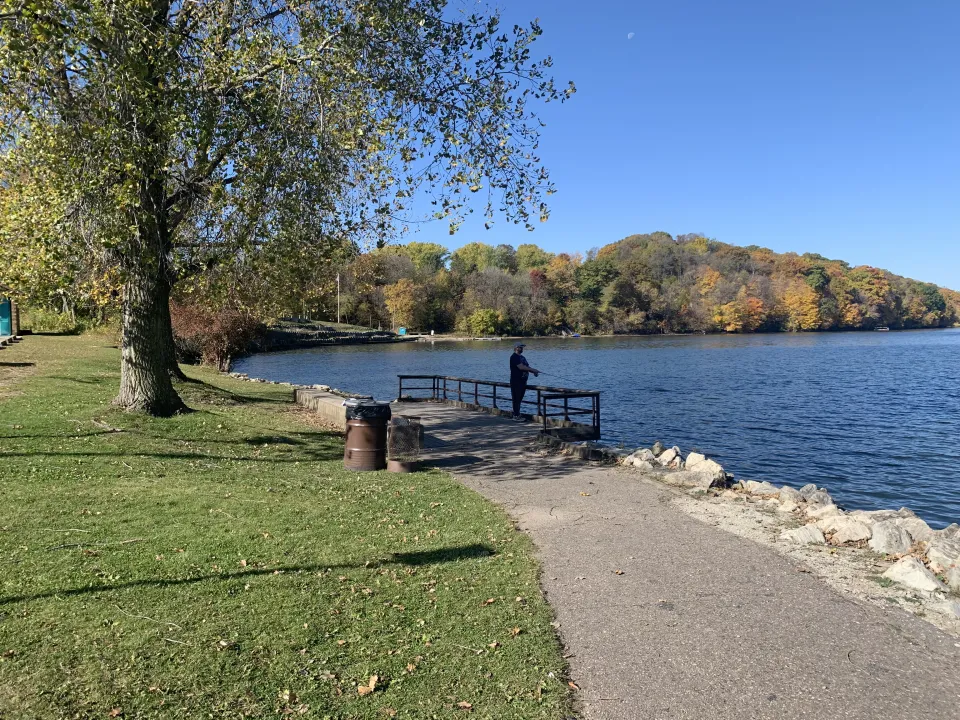
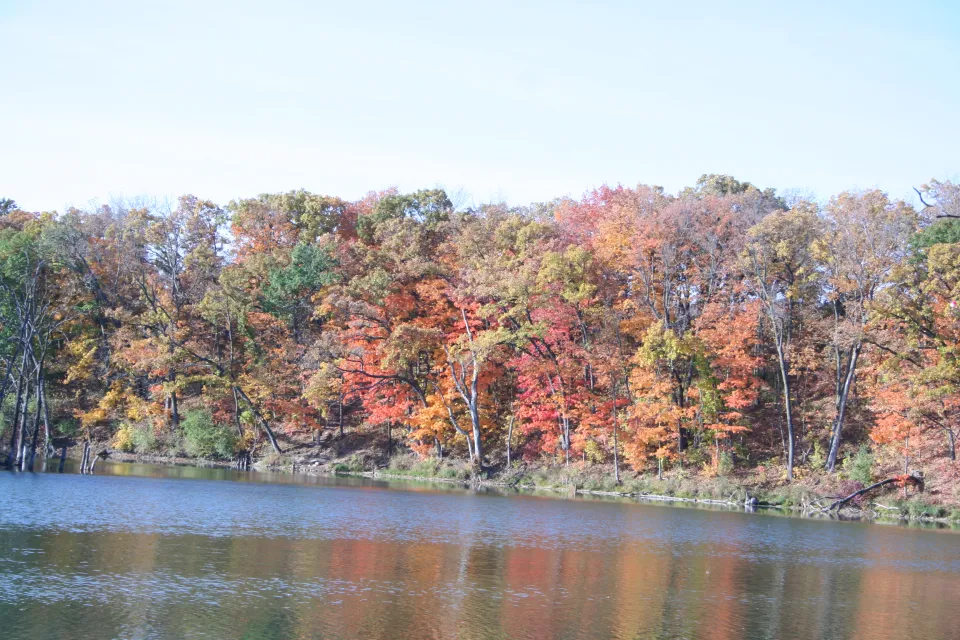
Chester Woods reforestation projects
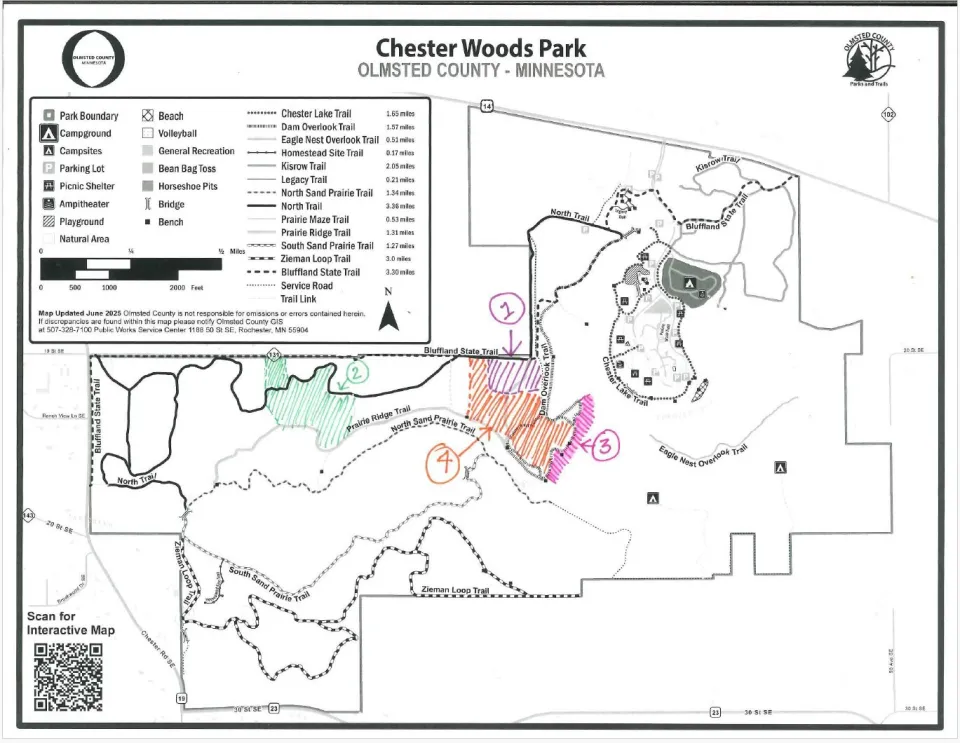
by: Celeste Lewis
Chester Woods Park encompasses approximately 1333 acres of land and water combined. Over half of this land is woodland or forestland, and as is the case with many Southeastern Minnesota woodlands, invasive species such as buckthorn and honeysuckle (along with others) have wreaked havoc. In accordance with the mission of Olmsted County Parks (…to foster an appreciation of the natural world through environmental education, natural resource management, and public participation in the stewardship of our park lands….) Restoration and reforestation of degraded lands have always been a large part of the work that goes on in the park.
There are a few areas in the park that are currently in different stages of reforestation that one may notice as they hike around the park. Currently there are three areas that are a work in progress: with a fourth area in the works to start this winter.
Area one is a small area that was chosen after a small tornado touched down in 2017 and shredded and mangled the trees that were there. A resource management grant was awarded to help with the cleanup and restoration of oak savannah. As one walks through this area, they should notice the regrowth of smaller native trees and the forest floor coming alive with native flora and fauna. After it was cleared out, staff went in and burned brush as well as did some prescribed woodland burning and followed up with a winter seeding of native grasses. The acreage is really beginning to take off!
Area two is about a 25-acre plot that was also awarded a contract to remove invasive trees and shrubs and return to its natural oak savannah. The removal process was just completed in spring of 2024 and has been followed with mowing and spot spraying for invasives. A frost seeding is planned for this winter.
Area three is an approximately seven-acre area that runs along the reservoir on a very steep slope. For this area Chester Woods Park was awarded a grant to utilize goats to help with buckthorn control. This area has had four goat grazing’s (two in 2024 and 2 in 2025) and will be followed up with clearing and top mowing (where possible) along with burning and a frost seeding of a woodland edge native mix.
Area four is a large continuation of area one. This will be a large project requiring contracted mechanical work followed by mowing, seeding and burning. This project is scheduled to start this winter with hopes of the contract work being completed by spring of 2027.
Friends of Oxbow
by: Rebecca Houston
We welcomed a new board member this summer, Tyler Sandahl. We are very excited about having her join us.
Friends of Oxbow ordered new merchandise! Follow us on Facebook to learn when we sell this winter: www.facebook.com/friendsofoxbow/
We had a very successful Treasure Trek on September 27th. It was a beautiful day with great attendance. Thank you to all who attended!
Save the dates! ZooDazzle will be Friday, December 5th and Saturday, December 6th from 4-8pm. The lights only event is the following weekend, December 12th and 13th.
Thank you for continuing to support Friends of Oxbow and our mission to support Oxbow Park! Become a member today for $25! https://www.4giving.com/donation/E857
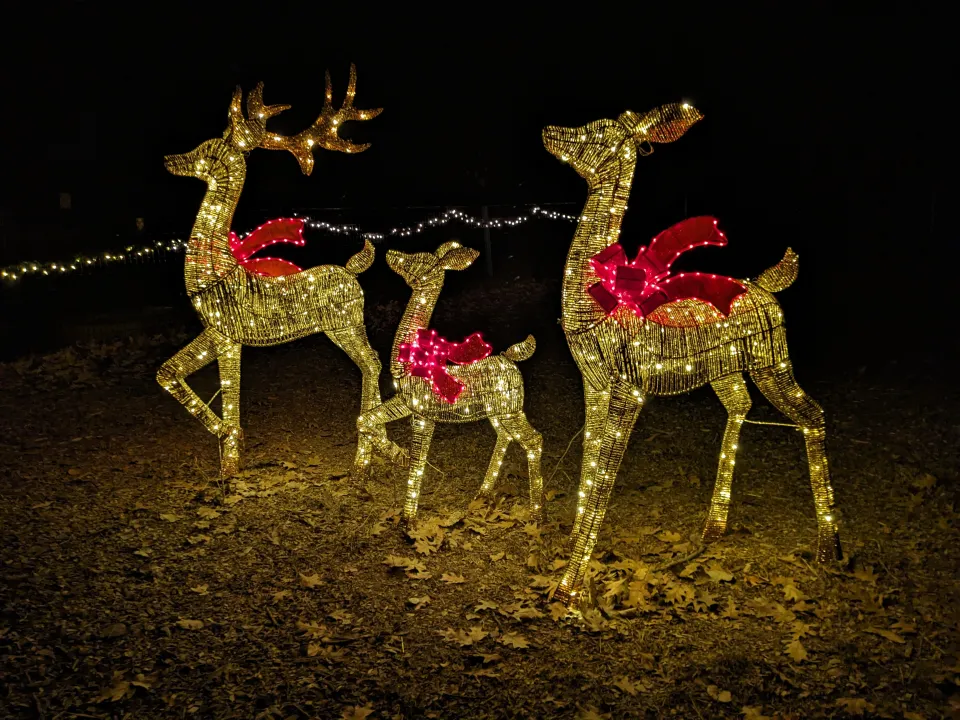
New Playground
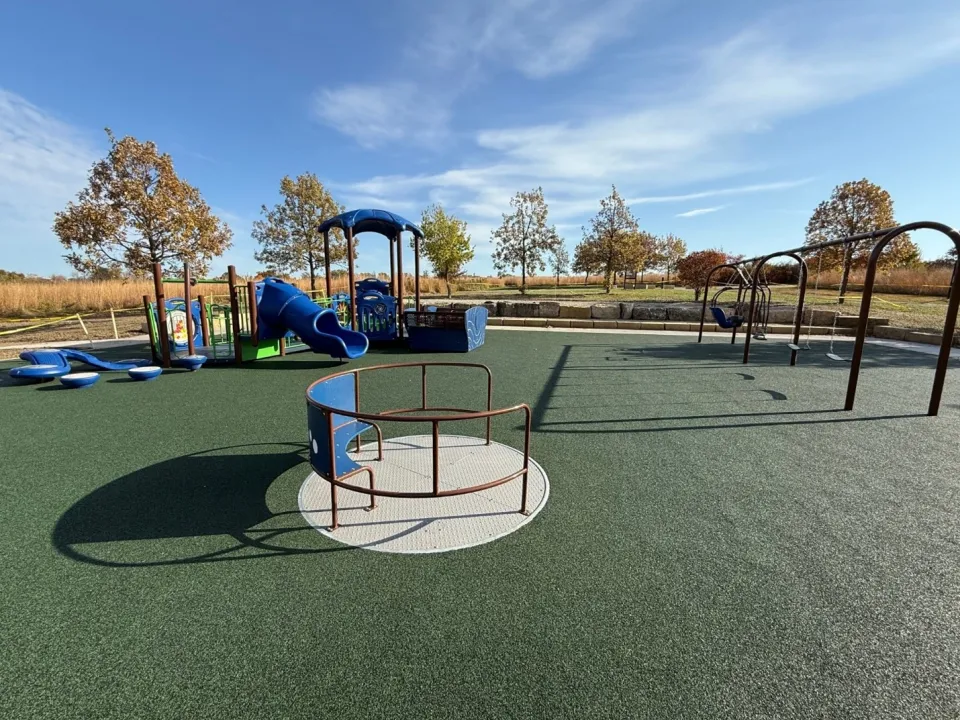
by: Celeste Lewis
Chester Woods Park has two traditional playground areas, one near Shelter one, which was replaced and updated last summer, and a second one that is located between Shelter three and the Amphitheater. The latter was an original wooden playground with sand substrate, that needed repair. With the addition of the new accessible amphitheater and the shelters getting American’s with Disabilities Act (ADA) upgrades, the park wanted the playground to be upgraded to meet those requirements as well.
Olmsted County was awarded a Legacy grant to help replace this playground. Construction began in August and was pretty much wrapped up in October. The new playground follows the same color scheme as the other playgrounds installed in the county parks with a “poured in place” substrate which allows for easier access for wheelchairs and such.
Apart from waiting for the seeded turf grass to grow, and a couple “natural play” elements that will be incorporated soon, the new playground is open for all to enjoy!
Volunteer spotlight
by: Jaide Ryks
Rita Brom is our latest volunteer spotlight recipient. If anyone deserves this attention it is Rita! She has been volunteering at Oxbow since retirement but has been with the park and zoo long before that! Rita started her career teaching children in Rochester and River Falls, Wisconsin. Teaching second and third grade was a lot of fun for her! Rita became Oxbow Park’s sole naturalist in 1989; she enjoyed working outside and with the zoo animals. After retiring in 2003, Rita became a volunteer. She has cared for all the zoo and playscape flower beds and landscaping for the last 20+ years. When Rita isn’t pulling weeds and beautifying the park, she enjoys spending time with her cats, Tigger and Félis, painting, crafting, and spending time with her sisters-both biological and those at Assiss Heights. I asked around Oxbow Park, “describe Rita in one word.” Answers included “tenacious,” “active,” “charismatic,” and “saucy.” At 88 years young and going strong, Rita is a machine.
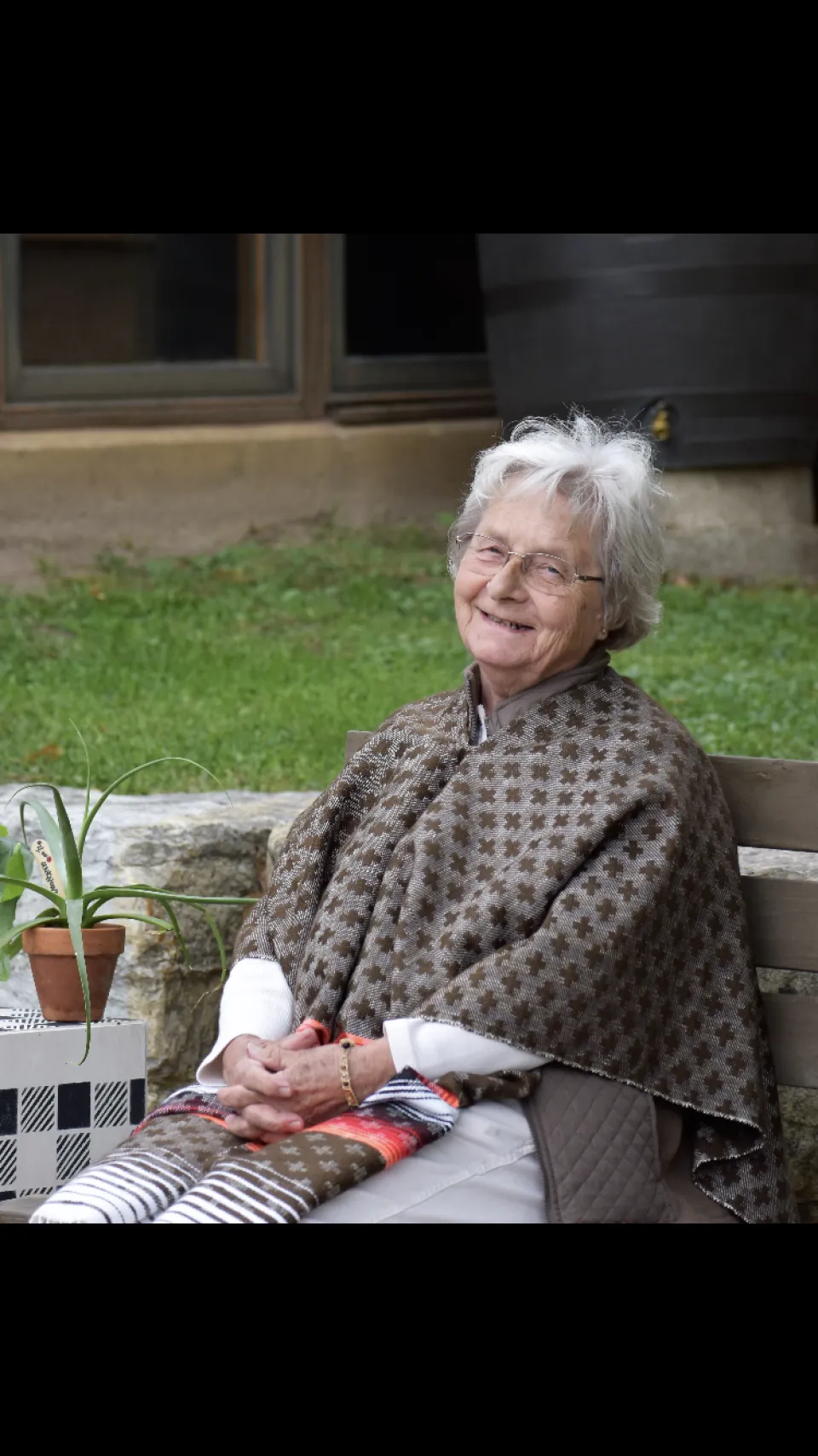
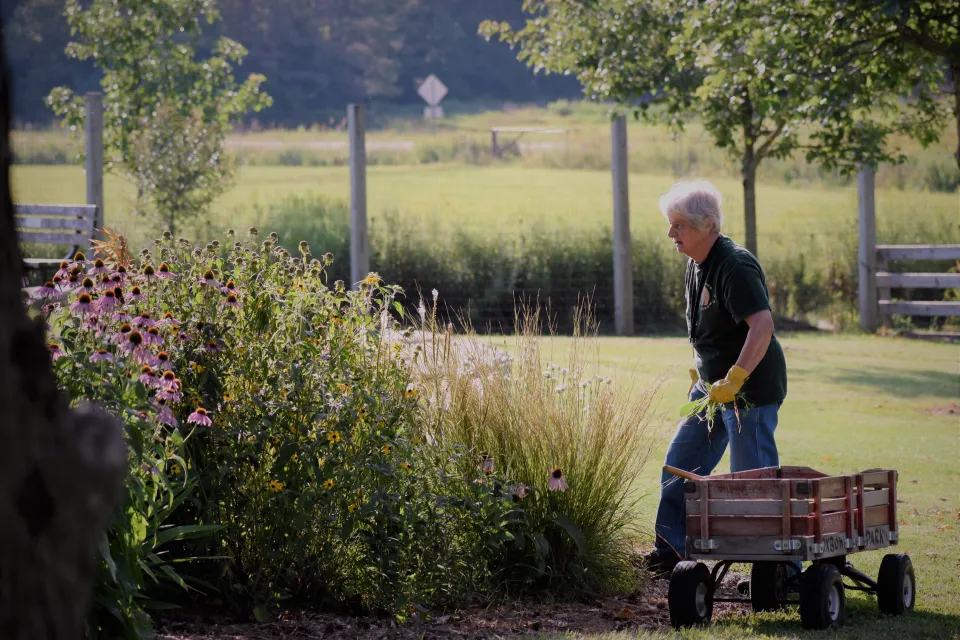
Friends of Chester Woods
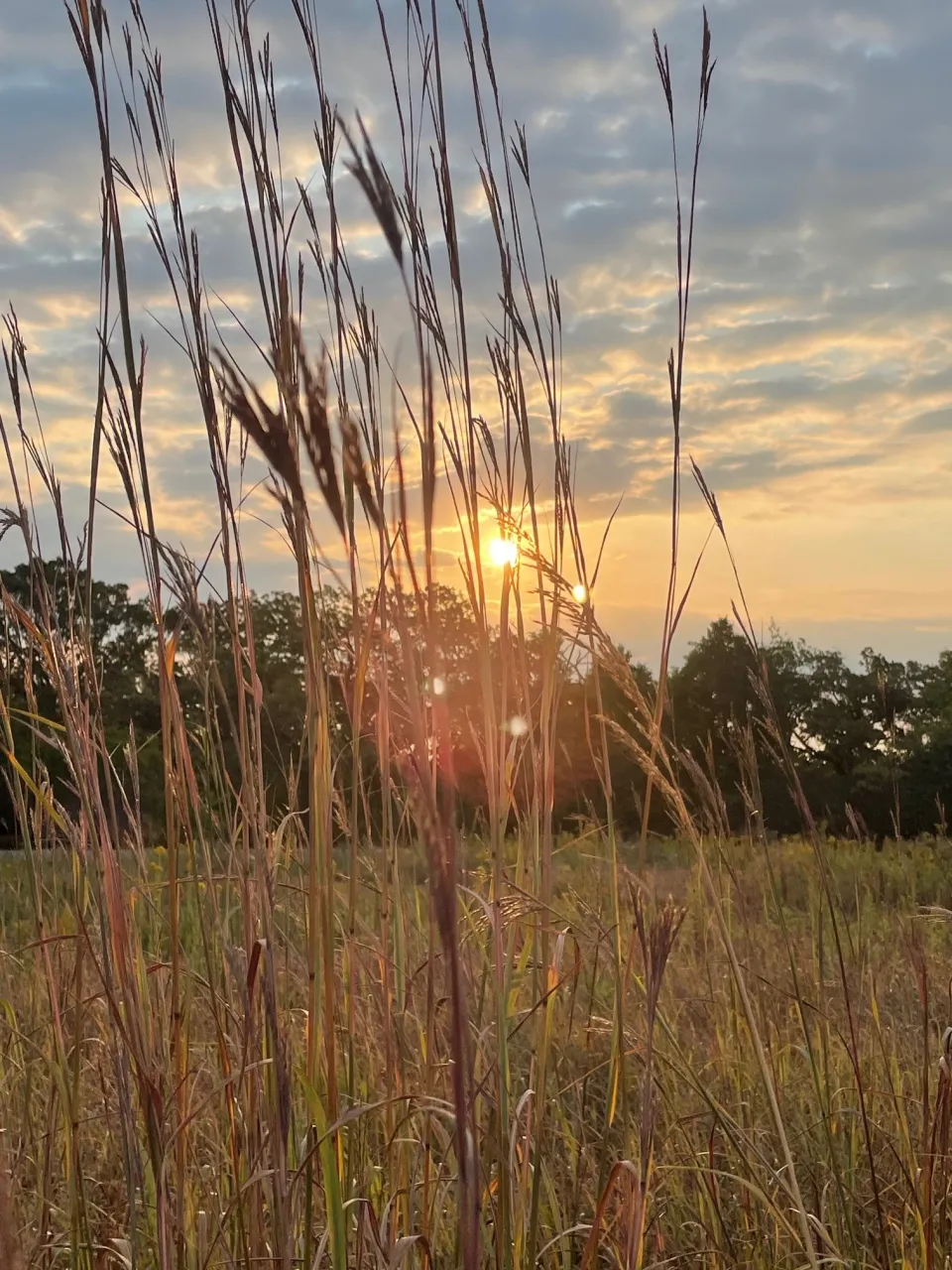
by: Sharon Columbus
Most people here in the southeast corner of Minnesota, know we have some unique geography and topographical features. We have remnant goat prairies and sand prairies, found mainly in the Bluff Lands area. We have many sink holes, many of them, in Fillmore County. And we have burr oak savannas, one of Minnesota’s rarest wildlife habitats, according to the DNR, to the west of us.
Known as the Driftless area because this area was not covered by the last glaciation period, it lacks the glacial deposits known as drift that resulted in large swaths of fertile soil where we find the great prairies to the west and northwest of us. Also, large depressions and potholes resulting in all the lakes, and ponds to the north and north-west.
What many people don’t know is that here in Olmsted County we can view small samples of each of these geographic/topographical features all in an afternoon hike at Chester Woods Park.
The trails are signposted and well-marked. This scenic loop starts at the junction of the DNR bike trail and the North Horse trail. Take the North Trail south into the woods. As you hike along you can enjoy the peacefulness of the wooded trail Just about 200 ft. before the trail intersects with the Prairie Ridge trail where the trail takes a right curve, off to the right you can spot our very own sink hole. Continue to the intersection with the Prairie Ridge Trail where the woods open onto the Goat Prairie, a good place to spot many of the grasses found in dry prairies. This is a steep southwest facing slope which is an excellent example of this type of prairie. Going to our right as you face the goat prairie you will come to the intersection with the South Sand Prairie trail. Continue down the hill following the signs to the South Sand Prairie Trail, walk southwest for about a half mile and you will come to an area where the trail turns very sandy. These areas known as sand prairies are areas of ancient sand dunes blown up by the wind. The soil is extremely well drained and hosts a variety of prairie plants and grasses that are well adapted to drier conditions.
Going on around and crossing Bear Creek for the second time, follow the signs for the North Sand Prairie trail. Here between the trail cut off for the North trail and the Prairie Ridge trail you will find Chester Wood’s Oak Savana. Oak Savannas are comprised mostly of burr oak. From here you can go back around via the North Sand Prairie Trail to meet up with the Prairie Ridge Trail. Go up the hill a short way and meet up with the Prairie Ridge Trail and go from there and back around to the start. If you have some extra energy you can continue up the hill a short way back to the North trail, then continue on to the North trail. This will bring you to another great sight on this loop, the restored prairie area to the north of the trail. This area is a delight of native grasses and forbs.
No matter what time of the year you decide to walk this loop you will be treated not only to the special features mentioned here, but there will also be a plethora of wildflowers, spring ephemerals, trees, mushrooms, lichen, birds and maybe even the occasional deer, fox, snake or other wildlife to observe and appreciate.
